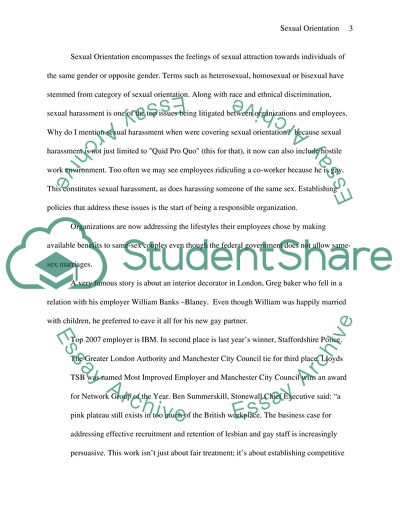Cite this document
(“Sexual Orientation and Organisation Essay Example | Topics and Well Written Essays - 3000 words”, n.d.)
Retrieved from https://studentshare.org/sociology/1517919-sexual-orientation-and-organisation
Retrieved from https://studentshare.org/sociology/1517919-sexual-orientation-and-organisation
(Sexual Orientation and Organisation Essay Example | Topics and Well Written Essays - 3000 Words)
https://studentshare.org/sociology/1517919-sexual-orientation-and-organisation.
https://studentshare.org/sociology/1517919-sexual-orientation-and-organisation.
“Sexual Orientation and Organisation Essay Example | Topics and Well Written Essays - 3000 Words”, n.d. https://studentshare.org/sociology/1517919-sexual-orientation-and-organisation.


